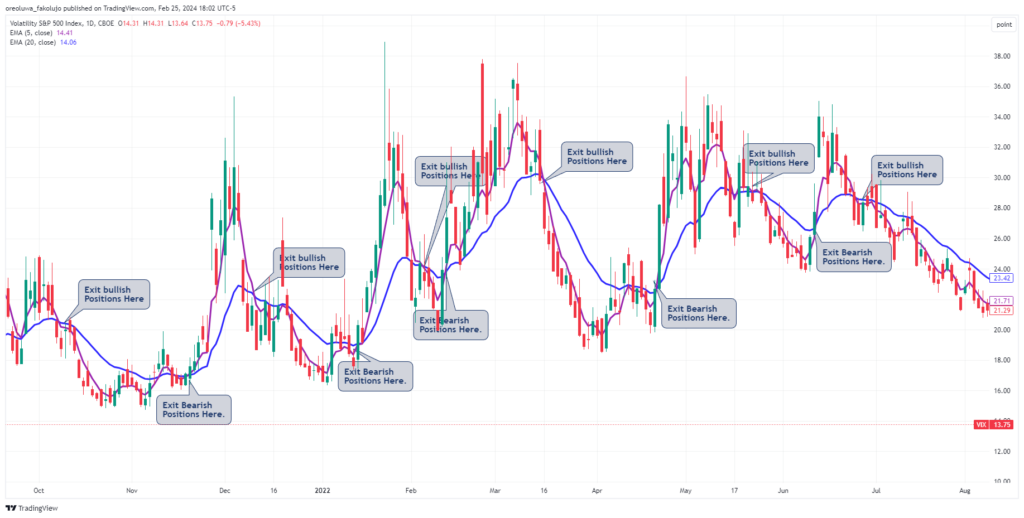
If you’re new to stock trading, it can seem daunting. With all the different terms and strategies you need to know, there is so much information to take in and commit to memory. However, don’t let this overbearing feeling stop you from mastering the art of investing. Understanding key stock trading terms and strategies is essential for making knowledgeable decisions to help you succeed in the market. In this article, we’ll review some basic stock terminology so that even newcomers can hit the ground running.
Understanding the Basics
When it comes to stock trading, understanding the basics is crucial. One of the critical components of this knowledge is to learn about the basic definitions. From the opening to the closing bell, it is crucial to know the market’s language to make informed decisions and succeed as a trader. Some of the most important terms include “bull market” and “bear market,” which refer to rising and falling stock prices.
In addition, “market capitalisation” is a term that describes the total value of a company’s outstanding shares of stock. By becoming familiar with these and other essential trading terms, investors will be equipped with the foundational knowledge they need to be confident and capable in the world of stock trading.
Risk Level
Stock trading carries inherent risks, and understanding the extent of these risks is vital for making wise investing decisions. Knowing your risk tolerance level will help you decide which stocks to invest in and how much capital you’re willing to allocate.
Also, it’s essential to know different strategies, such as “buy and hold” or “short selling.” These can offer greater insight into risk management and should be thoroughly researched before attempting them. Understanding the differences between aggressive, moderate, and conservative approaches can give investors a better idea of what type of investor they want to be.
Market Conditions
Investors must be aware of the current market conditions to make successful trading decisions. Different trends and events can sway stock prices, so it’s crucial to stay up-to-date on relevant news that could affect the stock you are considering investing in. You should also be familiar with terms like “volatility” and “liquidity”, which describe how easily stocks can be traded and at what price.
Additionally, awareness of the broader market conditions can help you identify potential opportunities or pitfalls. It includes paying attention to economic data, inflation rates, and other global events that could influence the stock market.
Bull and Bear Markets
Investors need to know the difference between a bull and a bear market. A “bull market” is identified by an overall increase in stock prices over time and usually indicates economic growth. Conversely, a “bear market” is characterised by a general stock downtrend, often due to recessionary pressures or other economic downturns.
It is essential to understand these market conditions and how they can affect the stocks you are considering investing in. Knowing when to buy or sell and which strategies to use could mean the difference between success and failure in the stock market.
Buy/Sell Orders
When entering or exiting a position, investors must decide how to place their order. “Market orders” are orders placed at the current market price and executed immediately. By contrast, “limit orders” allow investors to specify a maximum or minimum price they are willing to pay; if the stock reaches this price, it will be automatically sold or bought.
It is also essential to understand the fees associated with trades. For example, some brokers may charge commissions on each trade and specific other fees, such as account maintenance charges. Knowing these costs in advance can help you budget for your trading needs more effectively.
Short Selling
Short selling is a strategy that involves the sale of borrowed stocks with the expectation that they will decline in value. It can be a risky technique, as investors may have to cover losses if the stock price rises instead of falling.
Before attempting short selling, it’s essential to understand how it works and differs from traditional buying strategies. Short sellers must also know the risks of this type of trading and understand applicable regulations. Knowing these details will help investors make informed decisions and potentially unlock greater returns.
Margin Trading
Finally, it is crucial to understand the concept of margin trading. It involves borrowing money from a broker to buy stocks. The investor must repay the loan plus interest, which can add up quickly if the stock prices move unfavourably.
For this reason, it is essential to thoroughly research margin trading and always remain within your risk tolerance level when taking out a margin loan. Understanding these essential terms will help investors make educated investment decisions and confidently navigate the stock market.
Conclusion
By familiarising yourself with these stock trading terms, you’ll be better equipped to start investing in the stock market confidently and successfully. Researching is essential to becoming a successful investor, and understanding the market’s language is an essential first step. With knowledge, you’ll be ready to take on the stock market like a pro.





:max_bytes(150000):strip_icc()/midsection-businessmen-analyzing-charts-on-laptop-in-office-1128046391-4d6016296f824cd48bf762d5824e49e4.jpg)










